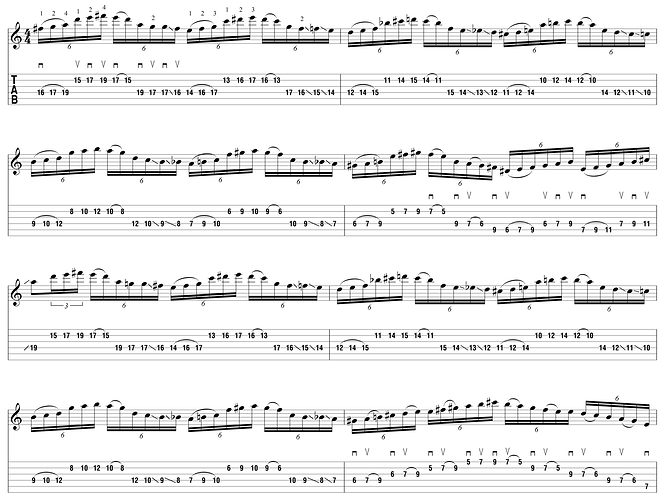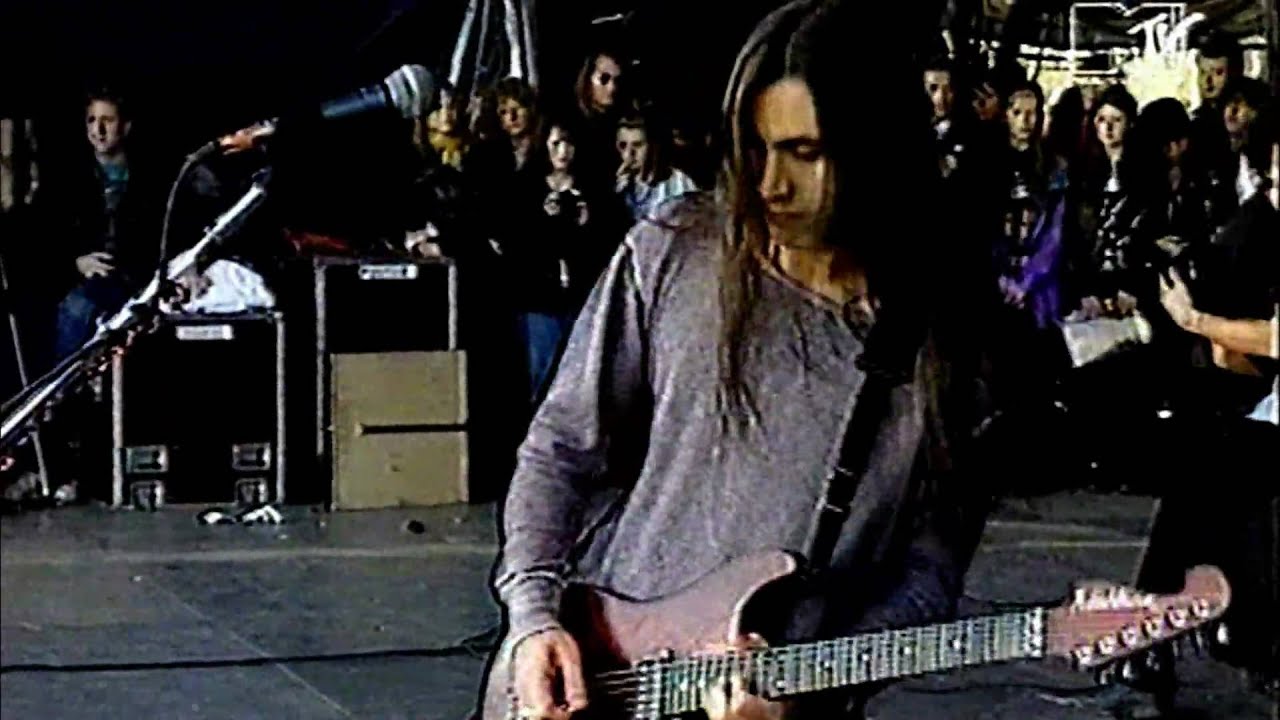This is fine when the movements are mechanically simple. For example, if you’re trying to copy Al DiMeola’s wrist motion for scale playing, the arm position is clear, the grip is clear, there’s only one joint moving, no finger or forearm component. You will probably succeed in copying that pretty closely that if you want. And you might consider that a good “textbook” exercise for understanding wrist movement.
But when you look at players like Yngwie, EJ, Nuno, etc. where you have multiple joints moving, including fingers, wrist, arm, and the exact blend of these things changes phrase by phrase, things are more complicated. Even if you could piece that apart, I might not even want to do that work unless there was some specific thing I thought I was trying to learn.
Instead, you might try and isolate one unique mechanical thing that a player does and figure that out. Eddie Van Halen’s tremolo technique is a good example. Yngwie’s three-note-per-string ascending scalar sweeping is another. At least this way it is clearer what specific thing you are trying to copy, and what you think you’re going to learn from it.

 See what’s happening looking at his right hand could be instructive, but as guitarists has different motion mechanics, (as you say) there is no “one way or nothing” and maybe the way I could replicate a certain lick would fit perfectly, just understanding how the pick is moving across the strings, which one is picked or not, etc.
See what’s happening looking at his right hand could be instructive, but as guitarists has different motion mechanics, (as you say) there is no “one way or nothing” and maybe the way I could replicate a certain lick would fit perfectly, just understanding how the pick is moving across the strings, which one is picked or not, etc.





